
Heidi Neck, PhD
Jeffry A. Timmons Professor of Entrepreneurial Studies, Academic Director, Babson Academy and Faculty Director of the Price-Babson Symposium for Entrepreneurship EducatorsMarch 13, 2024 | Read Time: 5 minutes
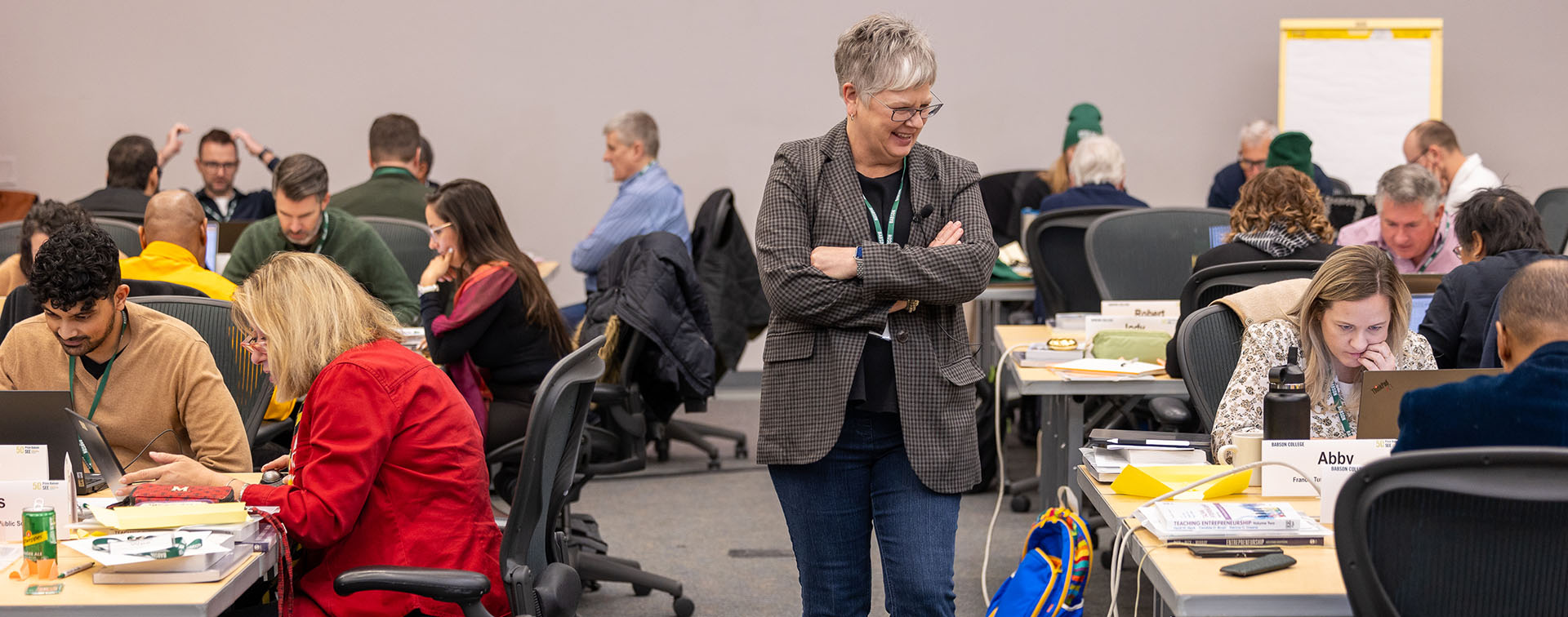

March 13, 2024 | Read Time: 5 minutes
Now more than ever, it is crucial for educators to evaluate how they teach, in addition to what they teach, to meet the growing demands of the business world and its constantly changing landscape. Technological trends evolving at a rapid pace, increased emphasis on sustainability and societal dilemmas, and the unknown future of work requires more practice-based learning, entrepreneurial thinking and a willingness to take action in order to learn. Today, the ability to think and act entrepreneurially in diverse contexts is a need to have rather than a nice to have.
I lead the Price-Babson Symposium for Entrepreneurship Educators (SEE), Babson’s longest-standing program for entrepreneurship educators, designed for those who want to elevate their art and craft of teaching entrepreneurship with a particular emphasis on how we teach entrepreneurship. The program has been running for 37 years, and today, it sets the standard on how to teach entrepreneurship by emphasizing action-based learning, engaging students, doing through practice, and applying Entrepreneurial Thought & Action (ET&A)—Babson’s methodology for teaching entrepreneurship. We do this in service to a new generation of students that must navigate unprecedented levels of uncertainty while creating novel solutions to complex problems.

I recently conducted an impact study on Price-Babson SEE and believe the insights gleaned from the research have important implications for higher ed institutions committed to entrepreneurship education. The study assessed the impact of SEE offerings on 550 educators that attended between 2016–2021. With a net promoter score of 78 (Google’s is 11 and Apple’s is 47 for comparison!) and a customer satisfaction rate of 93%, that study provided evidence that the SEE program impacts educators in various ways including motivation to reimagine entrepreneurship programs, inspiration to use Babson’s ET&A methodology to modernize curricula and significantly greater confidence to try new approaches and activities in their classrooms—all as a result of taking part in our short four-day program.
The impact study illuminated 5 key areas for entrepreneurship educators to teach more entrepreneurially. How can we expect to unleash the entrepreneurial mindset of our students, if we are not entrepreneurial as well?
Challenge the belief that an entrepreneurial way of thinking is only for those who aim to start a business. Develop modules for learners of varying interests and backgrounds that teach them to navigate uncertainty, start something with what they have rather than what they need, test and experiment to collect actionable data, reframe failure as intentional iteration, and develop the courage to operate on the edge of their comfort zone to solve big problems and change their world.
The impact study provided evidence that SEE is a transformational program for educators. I’ve been leading the program for 15 years and the one constant in the program (because we are updating content regularly) is hands-on learning. Educators participate in the same exercises and activities that our students experience so they are more equipped to use the exercises in their own courses. What I learned from the impact study, and why I think the program is so transformational is the result of a question I asked: What are three words that come to mind when you think of your experience at PB-SEE. The top five most frequently cited words in order of quantity were fun, engaging, inspiring, networking, and action. Can you say this about your entrepreneurial courses? Remember, fun was #1 on the list. Oh, and did I tell you that SEE participants work from 8 a.m. to sometimes 10 p.m. or later every day of the program? It’s rigorous, intense, but the data also tells me it’s fun! Do not be afraid to break free of the expectations in a classroom and invite students to be fearless and have fun.
Entrepreneurship cannot exist in a silo. It’s a discipline that horizontally crosses many other disciplines within the business school and certainly beyond. One particular success story uncovered in the impact study involved a graphic design program and a cohort of business students developing their startup pitches. The educators of both cohorts paired the groups together to leverage their specialized skills and ultimately gain practical experience in their chosen field. The graphic design students offered design concepts and branding support to the business students, so that the students could move launch with a strong visual brand and message. The business students gave the design students an opportunity to build practical experience, refine their skills and build their portfolios, ultimately better preparing them for their next design opportunity in the real world.
During the SEE program, we introduce Babson’s methodology of Entrepreneurial Thought & Action. The method is a mashup of effectuation theory, design thinking, lean startup, and entrepreneurial leadership used to help entrepreneurs of all kinds to take smart action when they are not really sure how or where to start. In other words, we teach entrepreneurship as a method to act your way into learning. It’s broad enough that it works for the traditional startup entrepreneurs but also for those working in corporations leading change or innovation initiatives, and even for students trying to start a new club on campus! ET&A is a framework that unifies multiple constituencies and divisions across the College but does not overly stifle or restrict the uniqueness of individual disciplines.
I always tell students that being a founder of anything can be very isolating and even lonely. I tell them to find other founders to support and learn from one another, maybe even create together. As an entrepreneurship educator you may be one of many, one of a few, or even the only at your institution. My advice? Find your tribe. It may be small in the beginning, but it will grow. Don’t expect everyone to jump on the entrepreneurship bandwagon because you are setting yourself up for disappointment. 100% is not possible. What I do know from the SEE program is that the networks built through each cohort are long-lasting. Imagine 60 people coming together for four days and focusing solely on teaching entrepreneurship with a shared belief that entrepreneurship education cannot be done one way only or done alone. I promise you will find your tribe here at Babson!



To learn more about ET&A™ (Entrepreneurial Thought & Action®) and the exercises we use at Babson, check out the following resources.
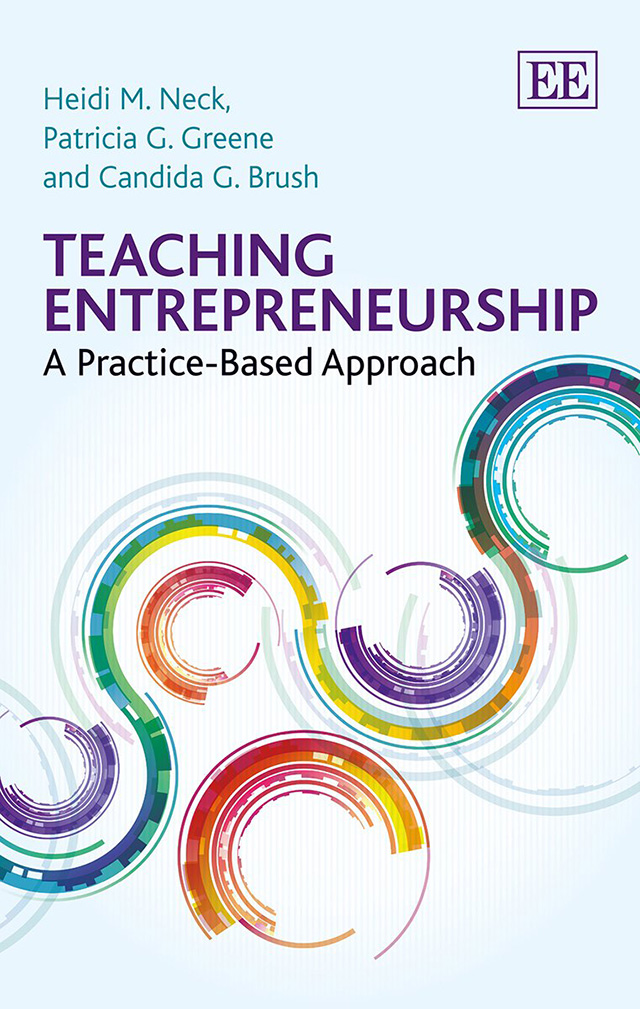
by Heidi M. Neck (Author), Patricia G. Greene (Author), Candida G. Brush (Author)
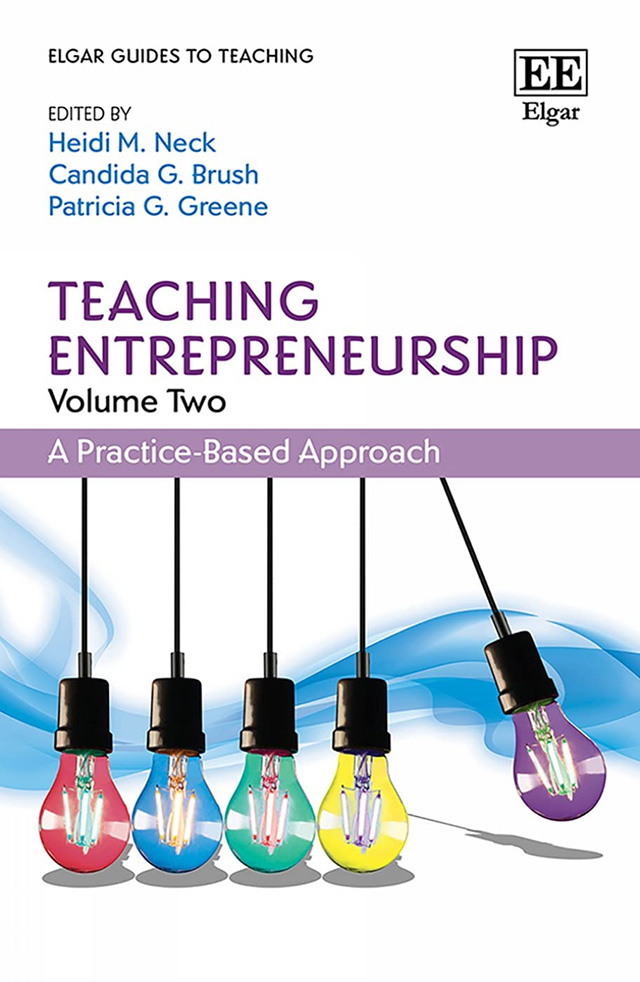
by Heidi M. Neck (Editor), Candida G. Brush (Editor), Patricia G. Greene (Editor)
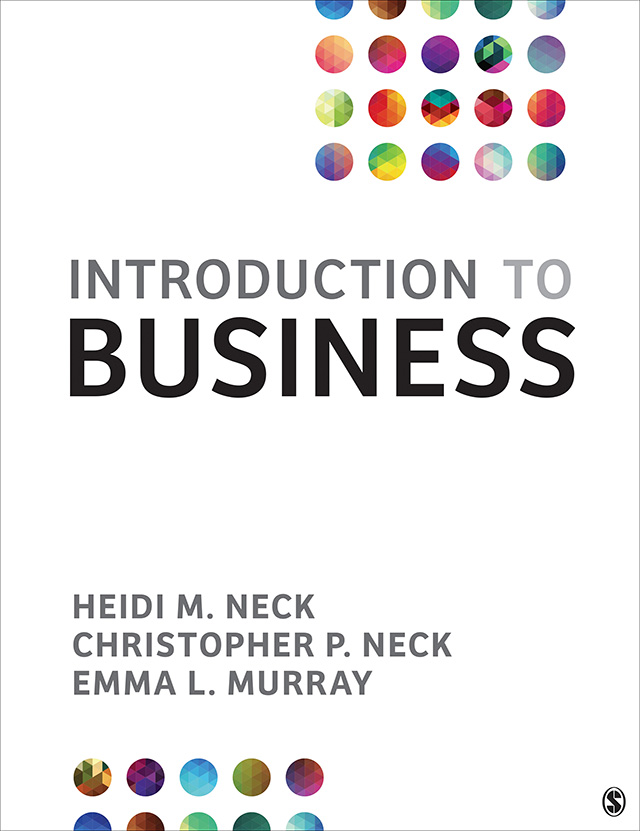
by Heidi M. Neck (Author), Christopher P. Neck (Author), Emma L. Murray (Author)
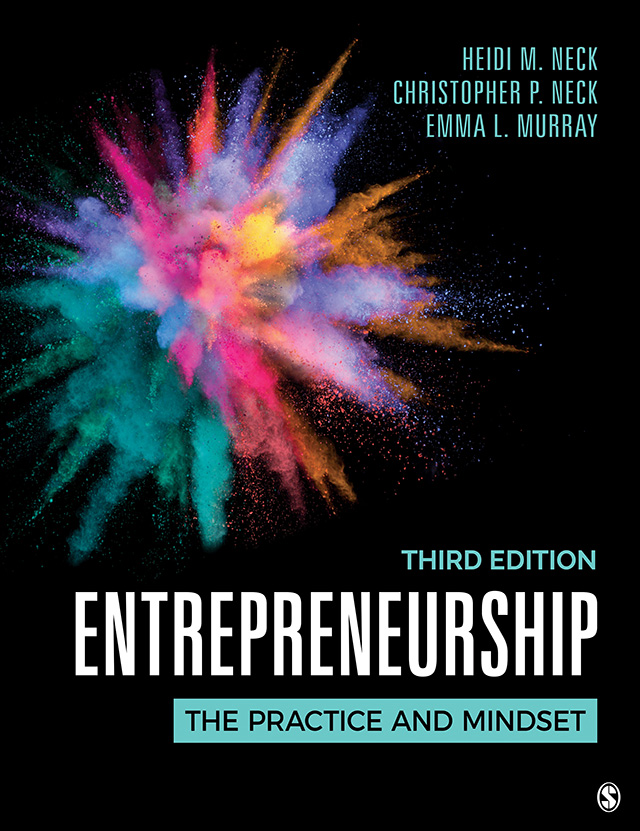
by Heidi M. Neck (Author), Christopher P. Neck (Author), Emma L. Murray (Author)
Develop leaders and institutions that address challenges with an entrepreneurial mindset to drive social change and economic growth.